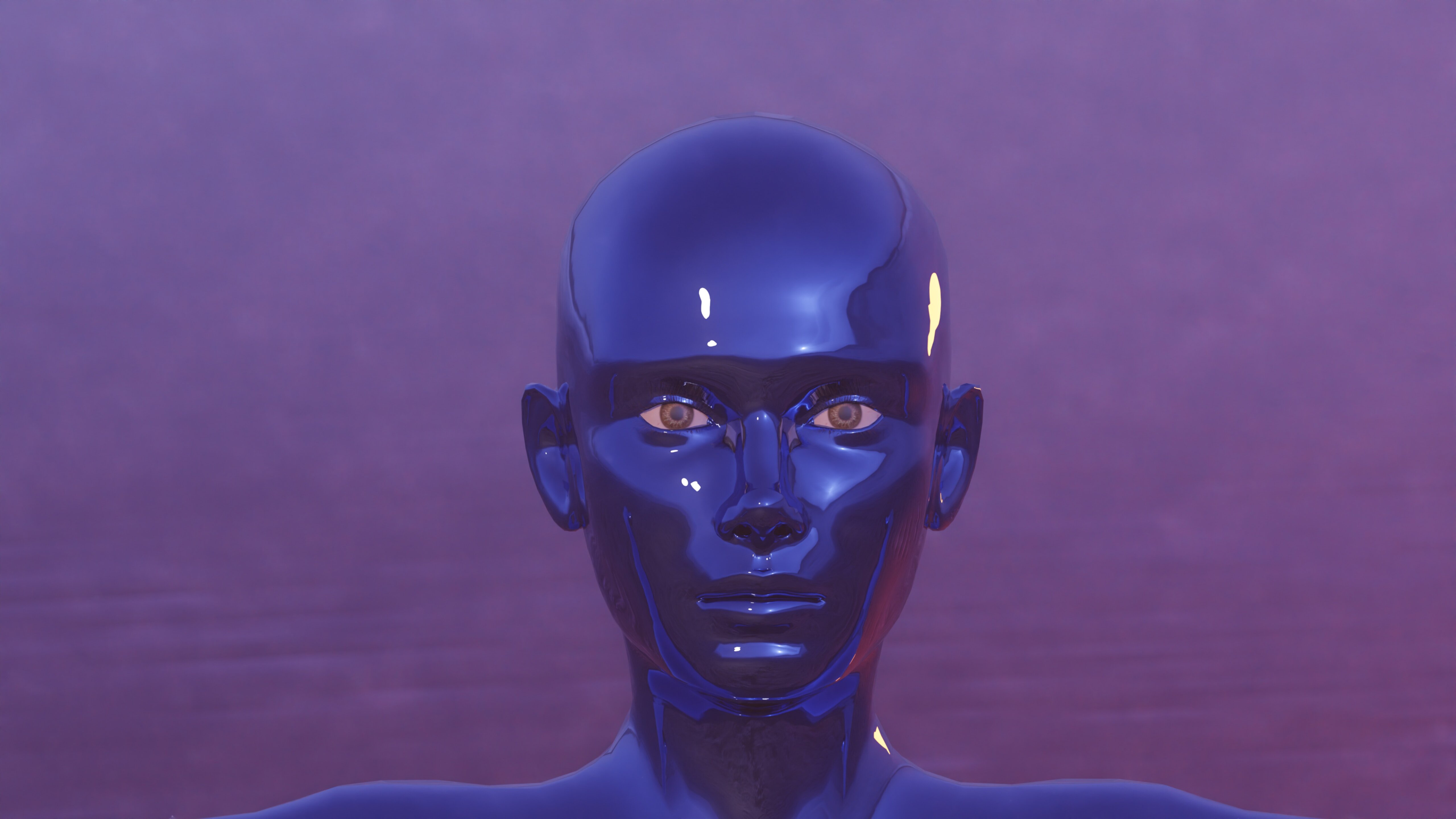The Psychology of Rejection in Portrait Photography Turning Setbacks into Creative Growth

The shutter clicks, the light seems just right, and you review the capture on the camera's back screen. It’s a portrait, technically sound, perhaps even beautiful in isolation. Yet, when you submit it—to a gallery, a client, or even just a trusted peer group—the response is silence, or worse, a polite, non-committal nod. This isn't just about a single missed shot; it’s about the recurring sting of rejection that seems an unavoidable byproduct of putting deeply personal creative work into the public sphere, especially in portraiture where the subject’s vulnerability is mirrored by the creator’s own exposure. I’ve spent a considerable amount of time observing this feedback loop, treating each 'no' not as a final judgment, but as a data point in a much larger, psychological experiment involving self-perception and artistic output.
Portrait photography, unlike perhaps abstract landscapes, is inherently relational; it involves two parties, and the resulting image is a negotiated reality. When that negotiated reality is dismissed, the rejection often feels disproportionately personal, triggering deep-seated fears about competency and belonging. We must stop treating artistic rejection as purely aesthetic criticism; it’s often a collision between the artist's internal narrative and external validation structures, and understanding that collision point is key to sustained creative output. Let's examine what happens inside the neural architecture when that digital appraisal comes back negative.
When a portrait is rejected, the initial neurological response often mimics physical pain, activating similar regions in the brain associated with social exclusion—a survival mechanism honed over millennia where being cast out meant certain demise. For the photographer, this translates into an immediate urge to either abandon the style that prompted the rejection or, conversely, double down defensively on its perceived virtues, regardless of external input. I find it useful to map this reaction against established models of cognitive dissonance; the artist holds a strong internal belief about the quality of the work, and the external feedback directly contradicts this belief, creating mental friction that demands resolution. This friction, if processed correctly, becomes the engine for refinement rather than resignation. We need to systematically de-link the self-worth from the immediate appraisal of the artifact. If we can treat the photograph as an external object—a test case—rather than an extension of our core identity, the sting dulls considerably, allowing for clearer analysis of the structural or narrative elements that might require adjustment. This separation is intellectually demanding but fundamentally necessary for long-term creative survival in any subjective field.
The true creative growth arrives not from avoiding rejection, but from methodically deconstructing *why* the piece failed to connect within its specific context—a gallery submission versus a commercial brief require entirely different metrics of success. Consider the context: a highly stylized, deeply personal fine-art portrait might be rejected by a commercial editorial board simply because the lighting contrast violates their brand guidelines, not because the execution was poor on a technical level. I’ve observed that photographers who thrive are those who maintain diverse portfolios precisely to manage these contextual misalignments, viewing each submission as a targeted experiment against a known variable set. Furthermore, repeated rejection often signals a mismatch between the artist's intention and their technical execution of conveying that intention; perhaps the emotion intended for the eyes wasn't adequately captured due to lens choice or timing. Analyzing the rejected work through the lens of verifiable technical standards—sharpness, exposure consistency, depth of field utility—provides a concrete, non-emotional starting point for revision. This methodical, engineering-like approach strips away the subjective sting and replaces it with actionable steps, turning the psychological setback into a structured pathway toward demonstrable improvement in the next iteration of work.
More Posts from kahma.io:
- →Demystifying Blurry and Grainy Profile Pictures A Comprehensive Guide to Image Clarity
- →AI-Generated Portraits Are We Becoming Peas in a Digital Pod?
- →Unveiling the Complexities 7 Striking Self-Portraits by Artists with Hallucinations
- →The Rise of AI-Generated Headshots Scam or Photography Revolution?
- →7 Key Factors to Consider When Choosing an AI Portrait Generator in 2024
- →Removing Your AI Headshot on Kahmaio - What You Need to Know